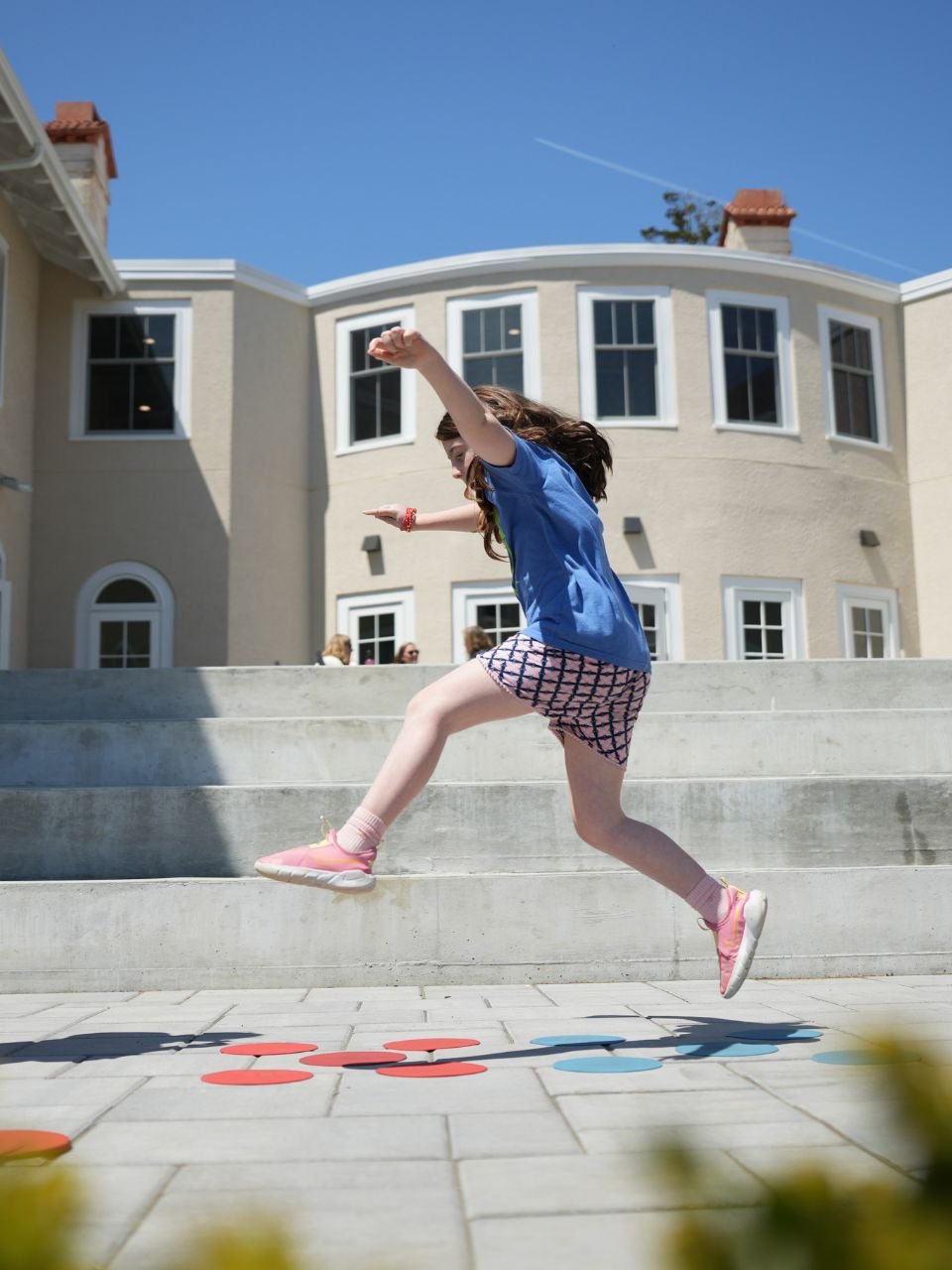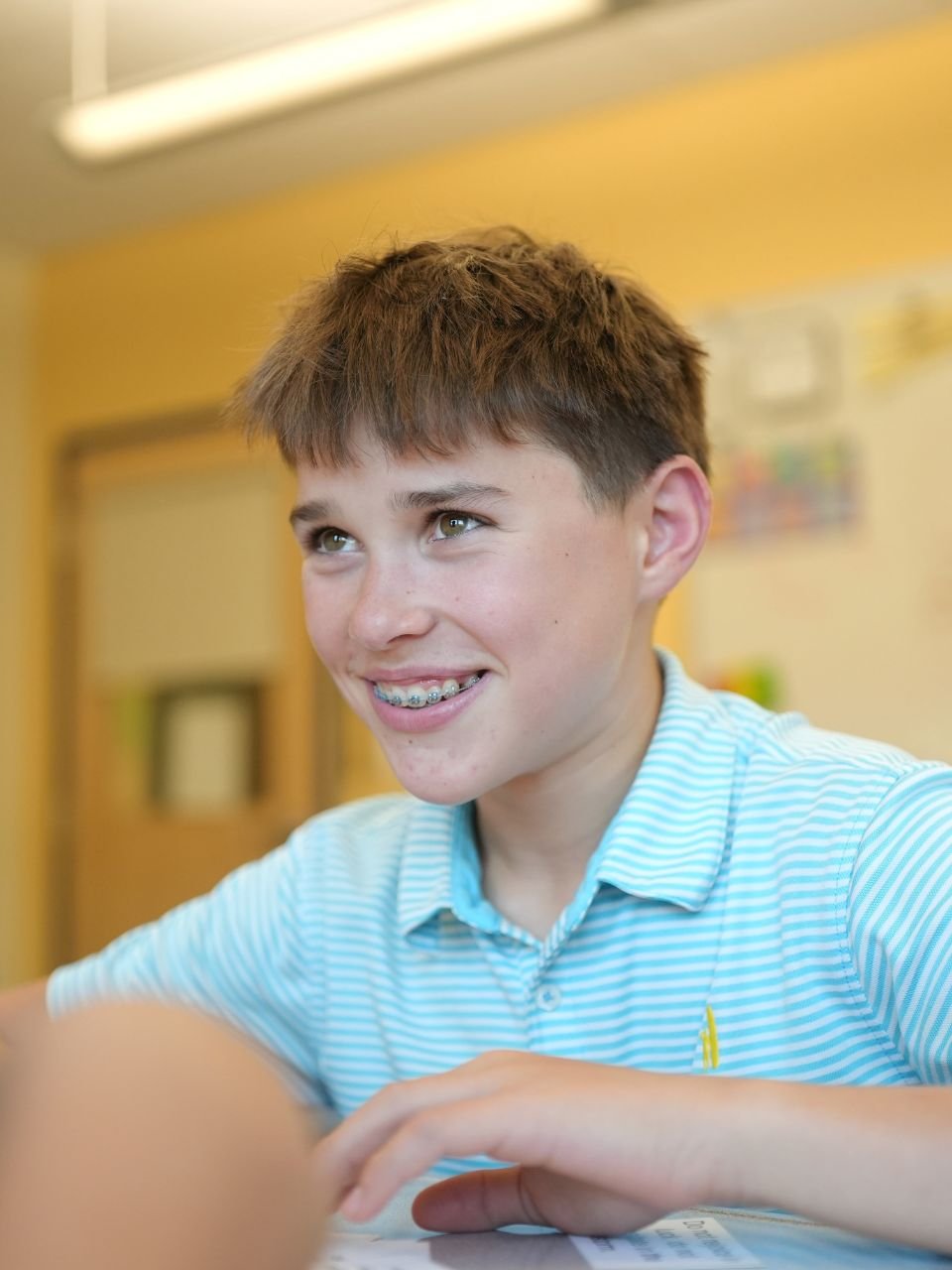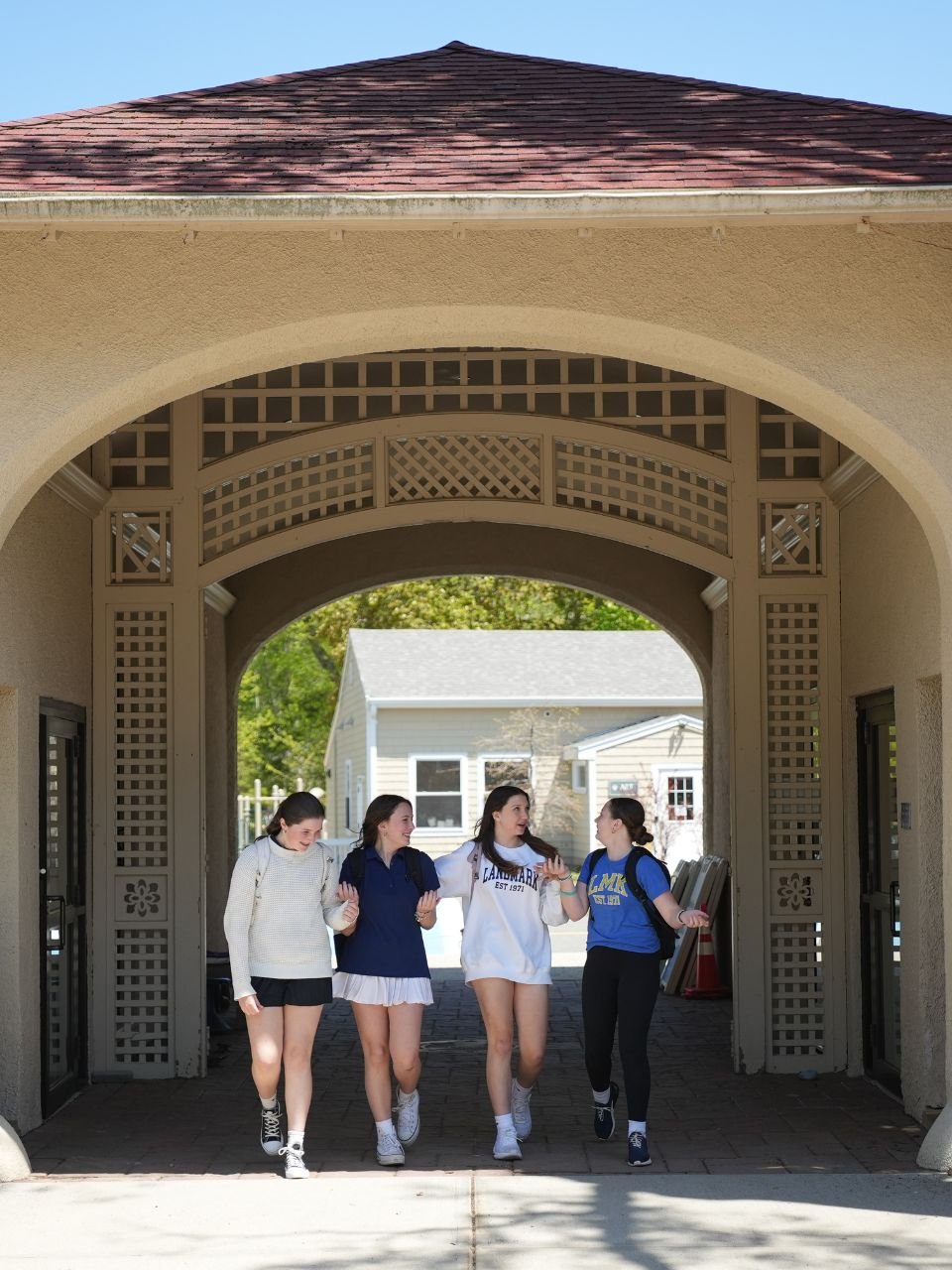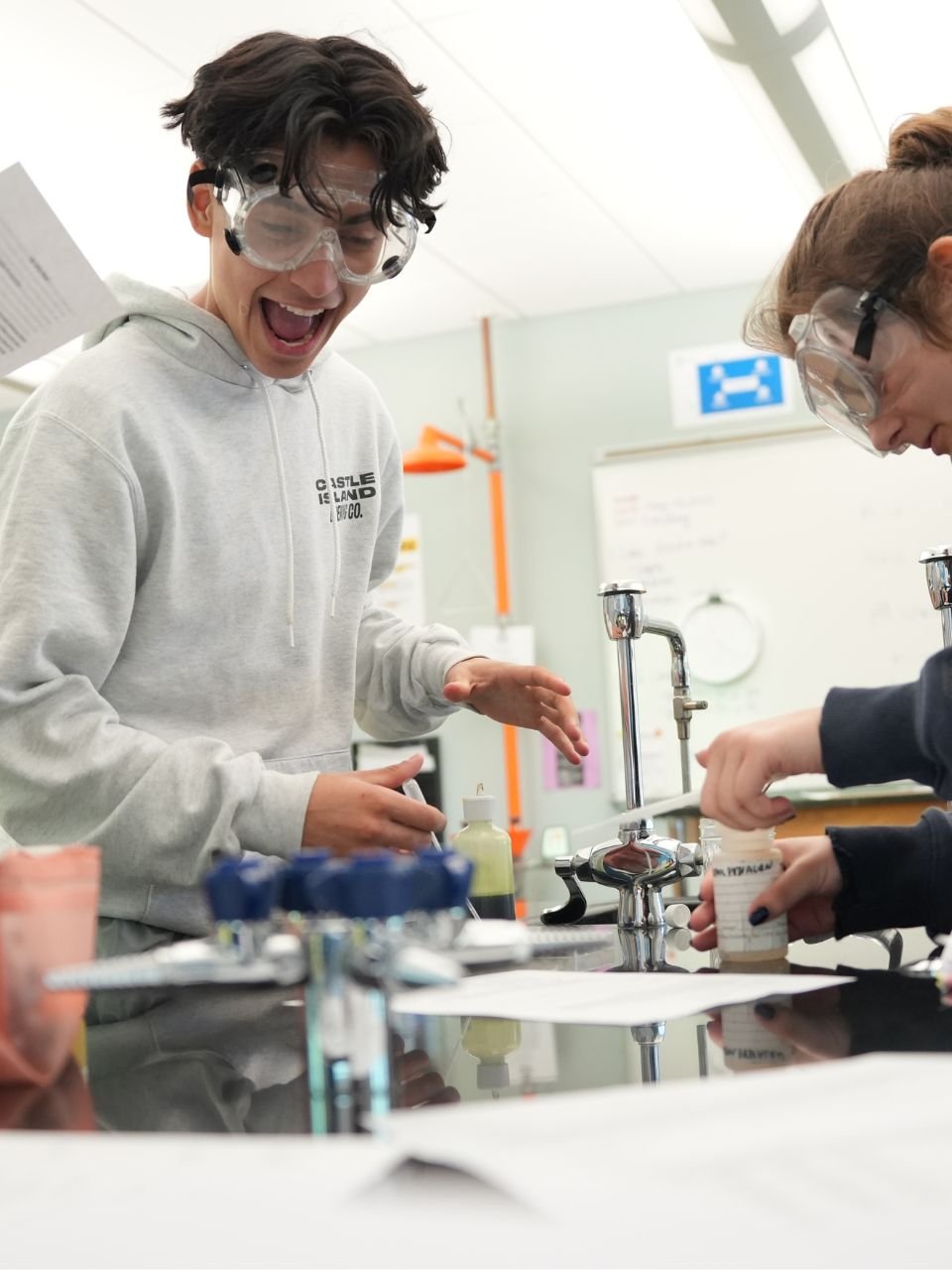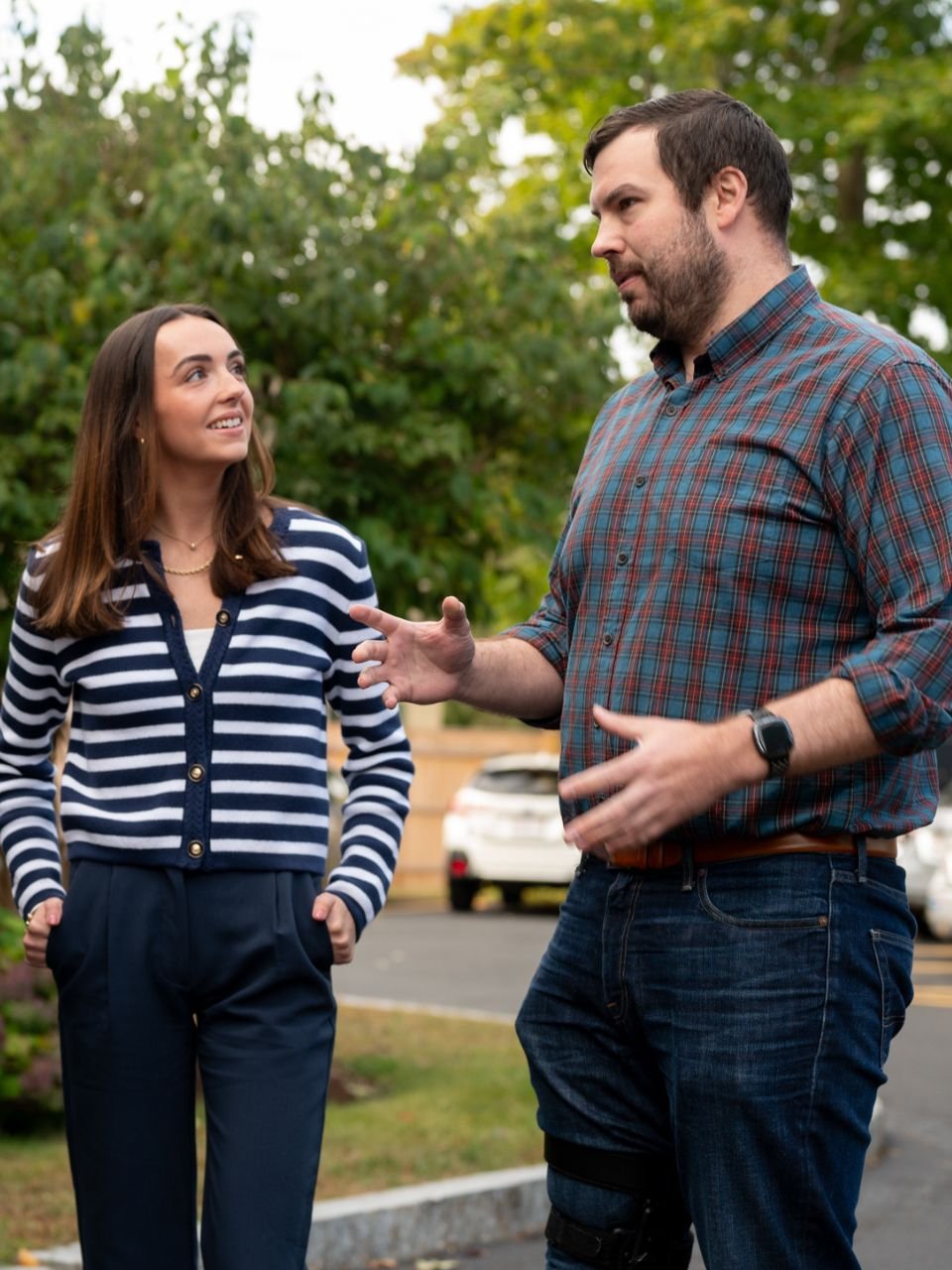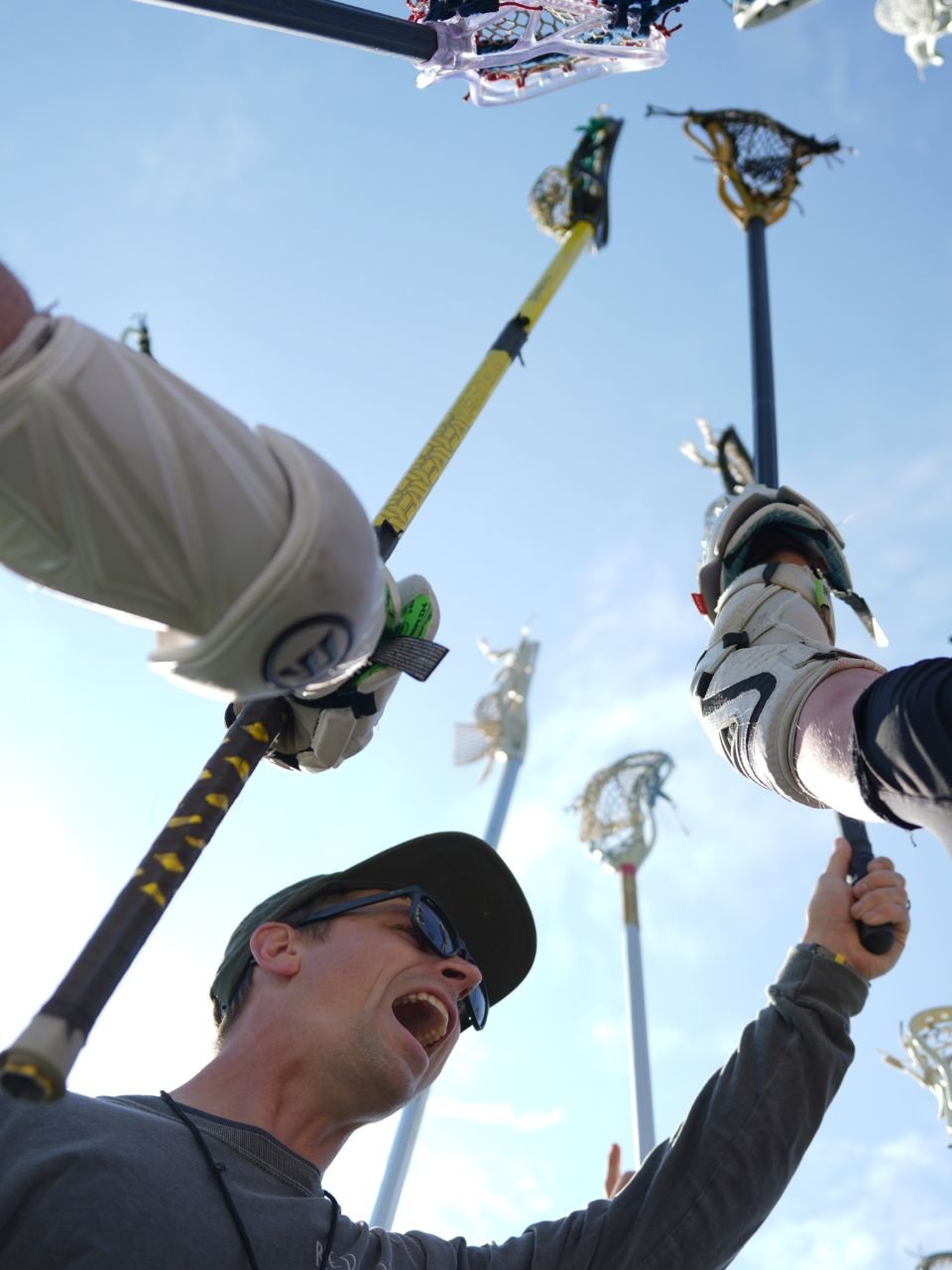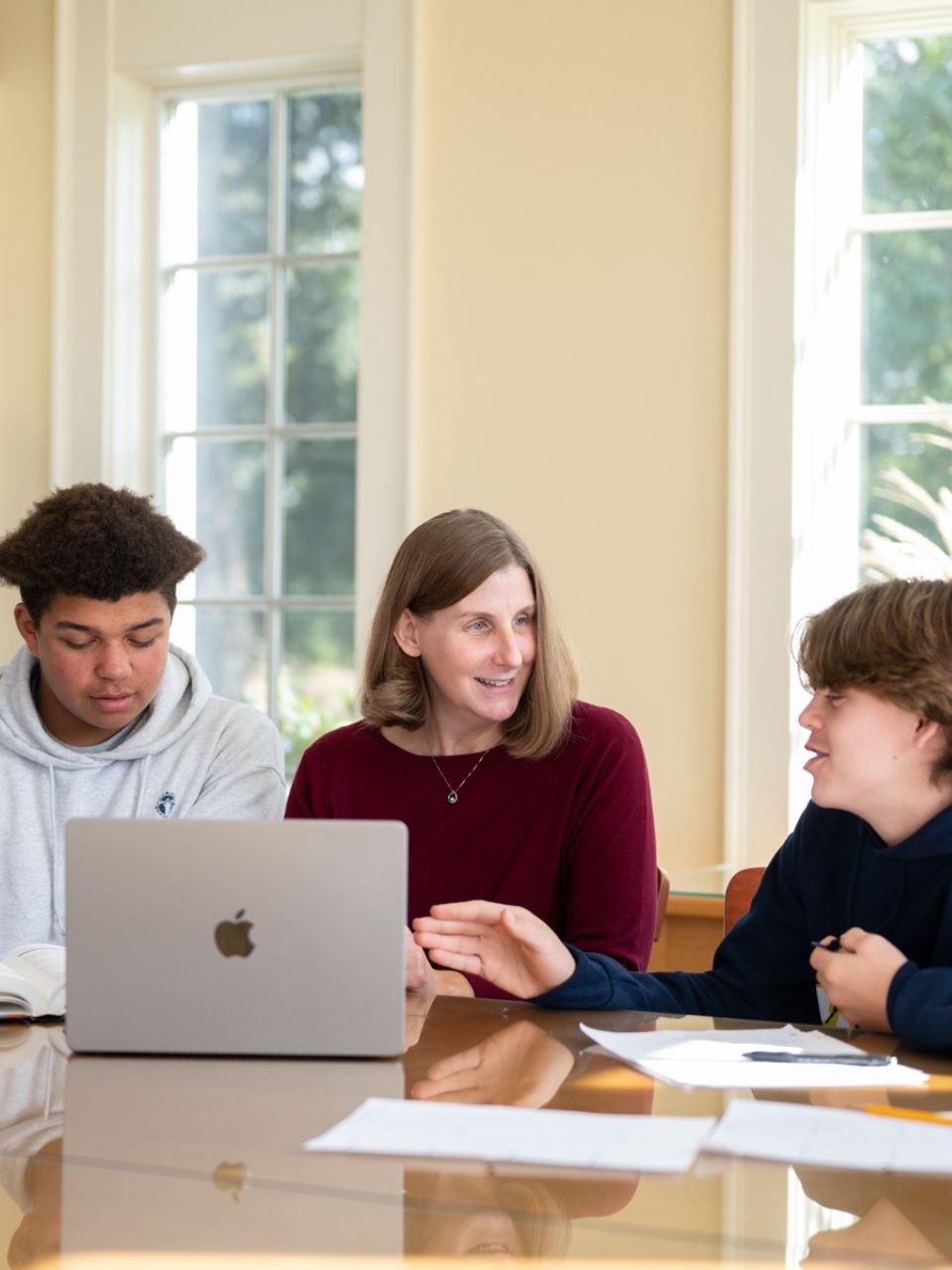- Our School
- Our Advantage
- Admission
- Elementary•Middle School
- High School
- Summer
- Giving
- Parent Resources
- For Educators
- Alumni
Middle Academic Overview
Ages: 10-14
Grades: 6-8
Class Size: 6-8 students
Tutorial
Students receive a Tutorial to work on literacy skills.*
Small Group Instruction
Students in our Middle School Program are placed in small group classes of 6-8 students for the following content areas*:
- Communications
- Language Arts
- Literature
- Math
- Science
- Social Studies
Electives
Electives are paired with Physical Education classes and change every trimester.*
*See the Elementary•Middle School Curriculum Guide for detailed descriptions of each class.





